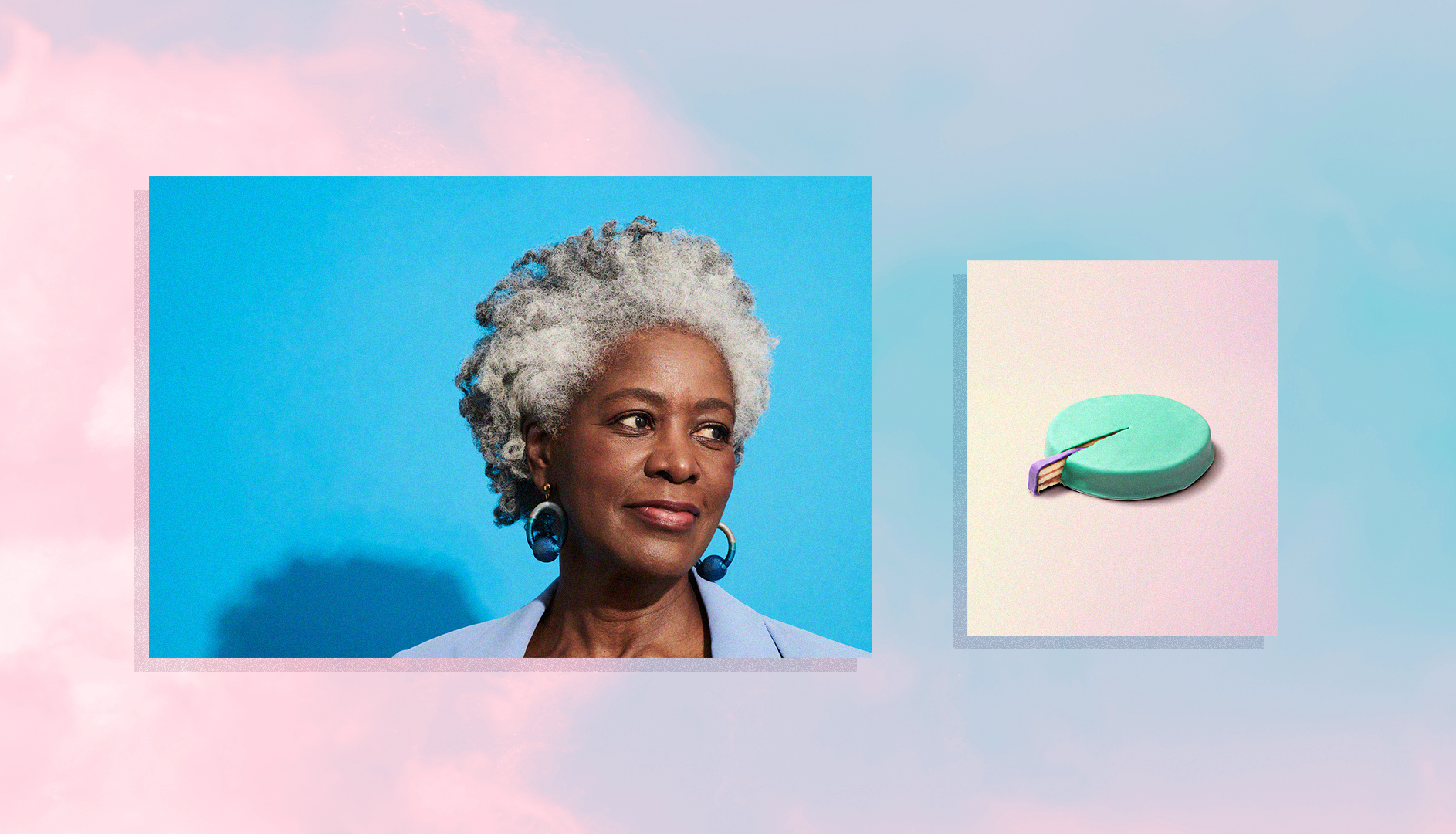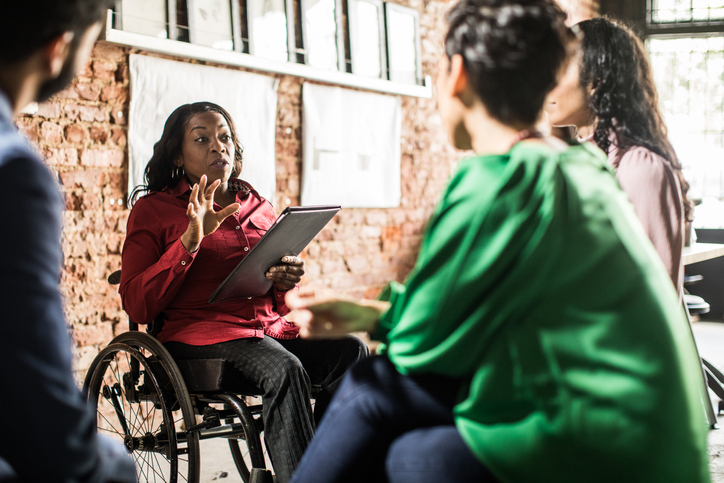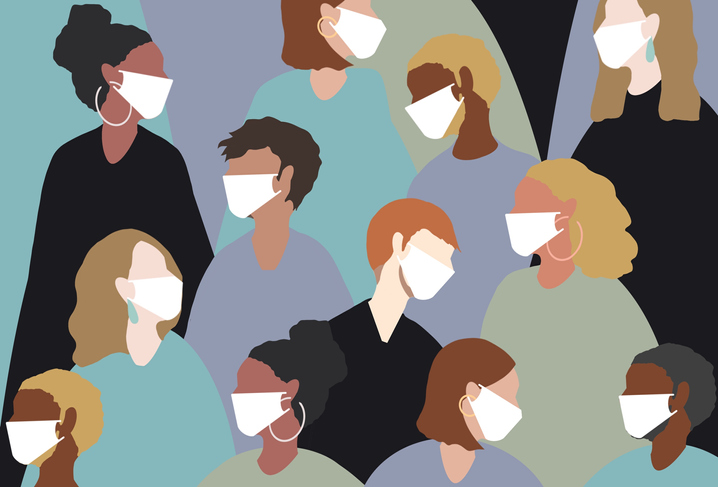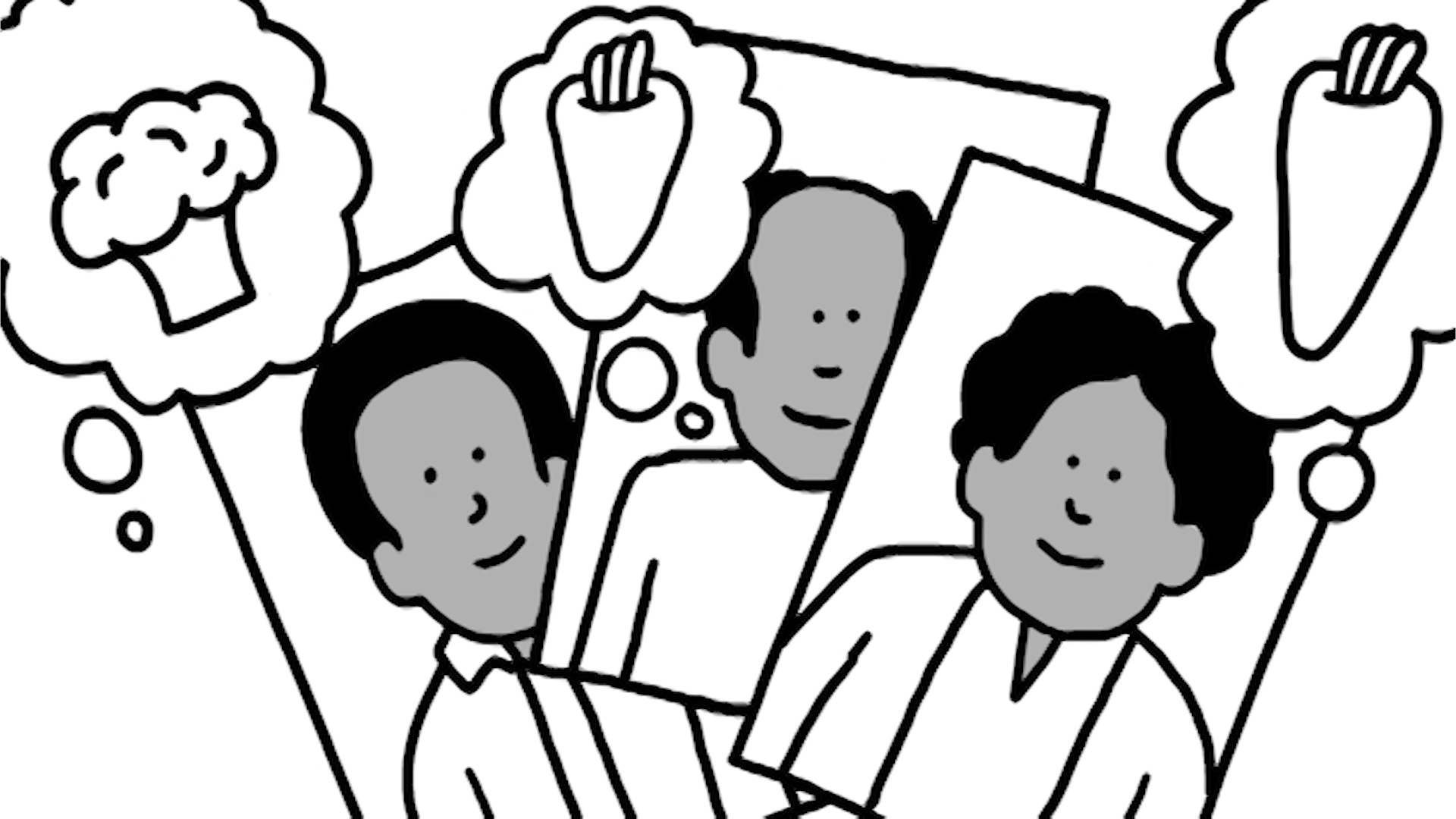What if, in attempting to measure impact, we began to think about leadership as a different type of score — a musical score — where emitting the right chords has the potential to attract the most talented people, assemble teams who outperform, and inspire confidence and commitment, particularly during a time when cultivating trust online and via social media platforms is increasingly essential? A musical metaphor is particularly apt when you consider how virtuoso musicians evolve their performance expression over time to suit different audiences, incorporate evolving trends, and tap into new creative energies. But in addition to being expressive and adaptable, a good musician — like a good leader — must also embody an additional set of qualities that are easy to remember for their important function in the process of music-making: range, rhythm, representation, and reach.
A musician like the Grammy Award-winning American singer and songwriter Brandi Carlile, for example, has adapted her musical repertoire over the years by keenly observing the routines of other performers, including Elton John, Dolly Parton, Joni Mitchell, and Mavis Staples. While always maintaining her identifiable voice, Carlile’s singing range has acquired more resonant pitch, elucidation, and interpretation over the years. She’s gained competence across many rhythmic genres including country, rock, R&B, gospel, and improvised syncopations. Whether she’s a soloist, singing a 3-part harmony with her bandmates, or jamming with a stage full of musicians of all backgrounds, these representations allow broad audiences to “see themselves on the stage” and thereby feel a deeper emotional connection to her music and its meaning. Her intentional collaborations with varied artists like Alicia Keys, Dave Mathews, Indigo Girls, Pearl Jam and symphony orchestras have expanded her reach from small coffee houses to sold-out concerts in premiere venues and across video streams worldwide, creating community and cultivating new audiences as she goes.
In reviewing the body of work leading up to my TED talk and coaching programs developed for leaders of various demographics in the private, public and non-profit sectors, I see these four elements as positive impact indicators that consistently show up in the repertoires of the successful leaders with whom I’ve worked over the past three decades.
These leaders demonstrate an expressive range by using tonal variety and oratorical force to create a soaring energy that fosters unexpected connection and creates an aura of intimacy that pulls people in. They successfully utilize rhythm by adjusting to new contexts and different paces and pressures seamlessly — their expansive set of experiences and interests allows them to presciently see trends to manifest successes while also fluidly navigating setbacks. Good leaders understand the importance of mobilizing their followers through representation — the diversity of the people that they surround themselves with in order to uncover and achieve atypical, trailblazing outcomes — and also make it a point to have others’ contributions explicitly represented in the final product and forward path. Finally, impactful leaders have a reach that is defined not by the number of people who report to them, but rather by how many people they convene with convincing influence and uncompromised ethics. They expand this reach by seeking “outside-your-usual circle” partners who cooperate to make more happen than each party could on their own.
These four elements — range, rhythm, representation, and reach — provide a structure that we can use to better gauge the impact of our own personal leadership styles. We can start to understand these four principles more clearly when we look back on the exemplars who came before us — those who have left an indelible, soul-piercing mark on us through brief encounters that continue to shape our beliefs and values years later. Reconnecting with an exemplar’s imprint reminds us of the essence of our best leadership expressions, and the recollected memory also serves as a prism by which we can retool our current leadership approach to meet the moment we’re facing.
In conducting this type of heartfelt, insistent scrutiny on myself, I frequently draw on memories of my own Puerto Rican maternal family elders, who provided formative, grounding examples of leadership that continue to inform what I value in myself as I continue to evolve my own leadership practice today. My mother Crimilda’s range made her the dynamic diva at any party. Her mastery of cadence and intonation in her voice made her a captivating narrator. Whether teaching students, leading family holiday cheers, reciting heartfelt poems, or holding a congregation in reverent prayer, my mother’s vocal range nuances enthralled listeners. She recited Latin American poems with gestures, facial expressions and vocalizations that always upped the energy in the room whether from tears of sadness or joy. At times of crushing tragedy, she would interject humor to unexpectedly good effect whether in person or on the phone. My heartiest laughter was evoked by my mother.
My younger aunt, Alicia, was situationally, rhythmically confident. When we were growing up, she would let me accompany her to outside-our-neighborhood bodegas to try egg cream sodas and flavored bubble gums — delicacies to us, not available at home. In the library, she paraded me to multiple floors of books from different genres. Her career path was eclectic, and she pursued and excelled in jobs across domains as different as publishing, community service, media, politics, and collections. She was a fast learner and moved seamlessly from executive assistant positions to leadership roles, to producing and policy making. In conversations today, we still explore off-the-beaten path topics.
My older aunt, Titi Mary, is central to our family, and mouthwatering smells from her delicious sancocho, pasteles, and pernil bring a motley representation of people to her kitchen table. The spread is dispensed with family folklore, conjuring up those beloved members who have passed, as if channeling and infusing their energy within us. She pulls people in, even when aggressively confronted by others’ imperfections. Her compassionate and cheerful manner is like a big, inclusive “abrazo fuerte” to others who in turn, tightly embrace her. In her 80’s, she is still bonding so many to her and each other. To taste her cooking is to savor her love.
And finally, my grandmother, Sol, was a shy, unassuming woman, but her reach was proactive and long lasting. As a single mother, transplanted from Puerto Rico to New York City, she linked up with her siblings’ families to expand the resources and caregiving available to her children. My grandmother’s impact was direct and measurable — her children attained more in life than many would have expected given dire social and economic beginnings. Grandmother Sol, which translates to Sun, showed that one’s indirect reach is both illuminating and generative when the gain is communally beneficial.
In these vignettes, I am attempting to conjure the temperaments of these family members in order to illustrate that an imprint left by a great leader stays with you for the duration of your experience. It internally transforms you. Although our own expressions of these values will always be unique to us, fine-tuning our leadership score is a process of study, reflection, intention, and practice, and there are good questions you can use to score your own leadership playbook.
When thinking about range, ask yourself what you’re trying to communicate, and if the mood you’re creating is appropriate to the moment. Is your language poetic or platitudinal? What brings your stories to life? What props or digital tools/platforms increase the emotional and rational resonance of your message? Do your messages invite people to join you or coerce them to comply? How do you know people are feeling confident they can contribute to the mission or strategy?
In considering rhythm, reflect on how many different communities, cultures and institutions you’ve interacted with, and how many functional disciplines you’ve traversed. How many growth, turnaround, and crises contexts have you led in? How varied are your information sources? What analytical or intuitive algorithms inform your decisions? What new publications, music, recreational activities have you discovered? Are your selected podcasts, websites, and video streams reinforcing or expanding your views? Who are people that you are curious about and want to get to know better?
When scoring yourself on representation, ask yourself to reflect honestly on the diversity of the people around your leadership table and in key influence roles:
- 1. During major gatherings, who shares the stage with you?
- 2. Who speaks for the organization when engaging with external audiences?
- 3. What is the diversity of the characters featured in the stories you tell?
- 4. In your meetings, how much time is your voice heard compared to others?
- 5. How often do you say the names and contributions of others who enable what you’re trying to achieve?
And finally, in measuring your own reach, reflect on who you would follow if you did not have the title that you do. How do you describe the benefit of collaborating with you, and what would cause you to lose credibility? How many partnerships are outside your organization? How are you augmenting the capabilities of others? To what extent do your partners’ followers follow you? How open are you to new ideas and challenges from the broader followership? What are non-negotiable values or principles when establishing your partnerships? How will you address any fallout if a partner you’ve collaborated with suffers reputational damage?
Returning to the initial question of how you measure your leadership impact, it’s not that quantitative outcomes don’t matter — they just don’t reveal enough about your actual leadership, or about what makes you, specifically, someone to believe in and commit to. Determining the musical score of your leadership is based on more subjective indicators, like the lasting feelings you evoke and what people choose to take with them and incorporate into their own systems and processes. Describing Brandi Carlile’s impact, Brittney Spencer, an early-career musician, once said: “Brandi’s level of musicality makes you want to bring your best game in her presence. And her generosity is the kind that spikes other people’s capacity and desire to give. She has an understated magical ability that compels others to show up as their best, most authentic, and most innovative self”. That sounds like an excellent, highly impactful, leadership score to me.
Tuning your musical leadership score culminates in amplified, not imagined, impact. Perfecting your leadership score is not about you as an orchestra leader directing everyone else’s performance; it’s about you as a performer, tuning your self-expression in ways that lift and inspire those around you to elevate a vision with their own contributions.
Roselinde Torres has been a trusted advisor to private, public, and nonprofit sector leaders enabling them to imagine and achieve their leadership ambitions. Her TED talk “What it takes to be a great leader” has received around six million views. She serves as a Trustee of the Wildlife Conservation Society and has been a Nationswell Council Member since 2015. The author is grateful to Familia elders for their ever resonant scores, Brandi Carlile for multiform musicality, Brian Carson, Phil Cook, Caroline Mak, Brianna Provenzano and Anthony Smith for bettering this composition, and Tammy Conley for resounding belief.








